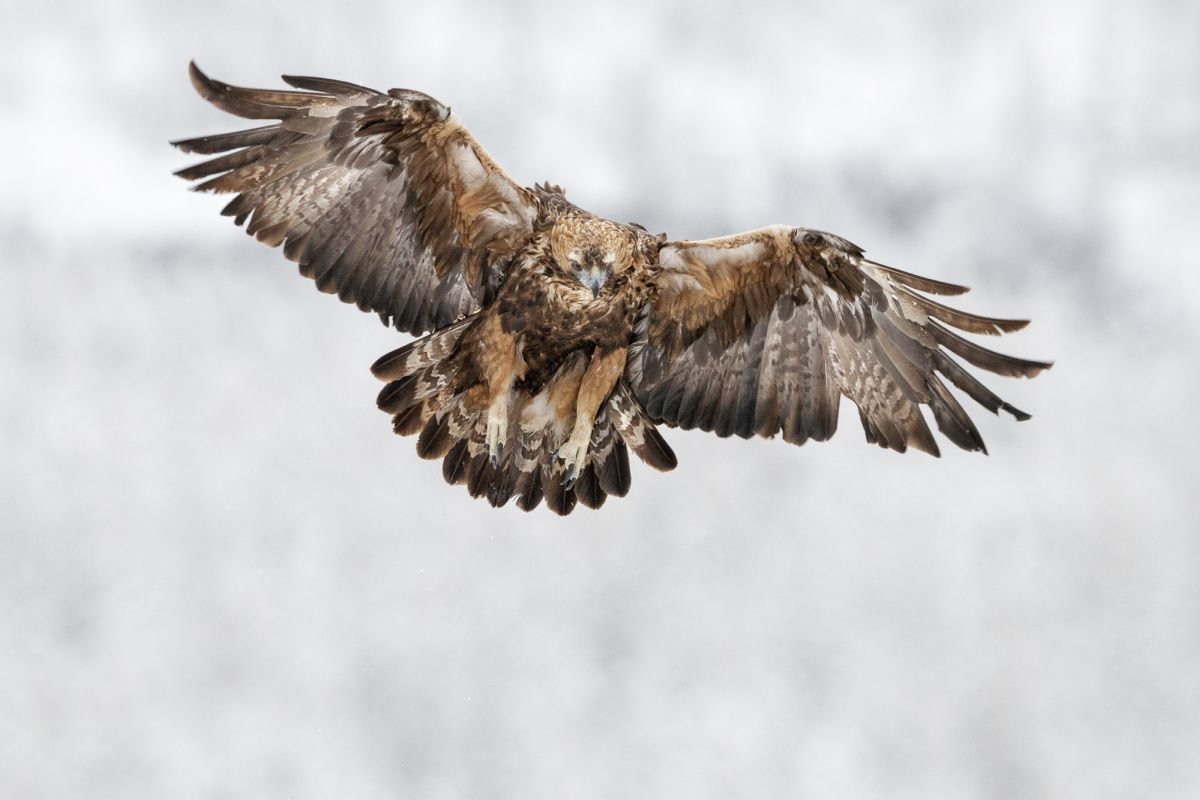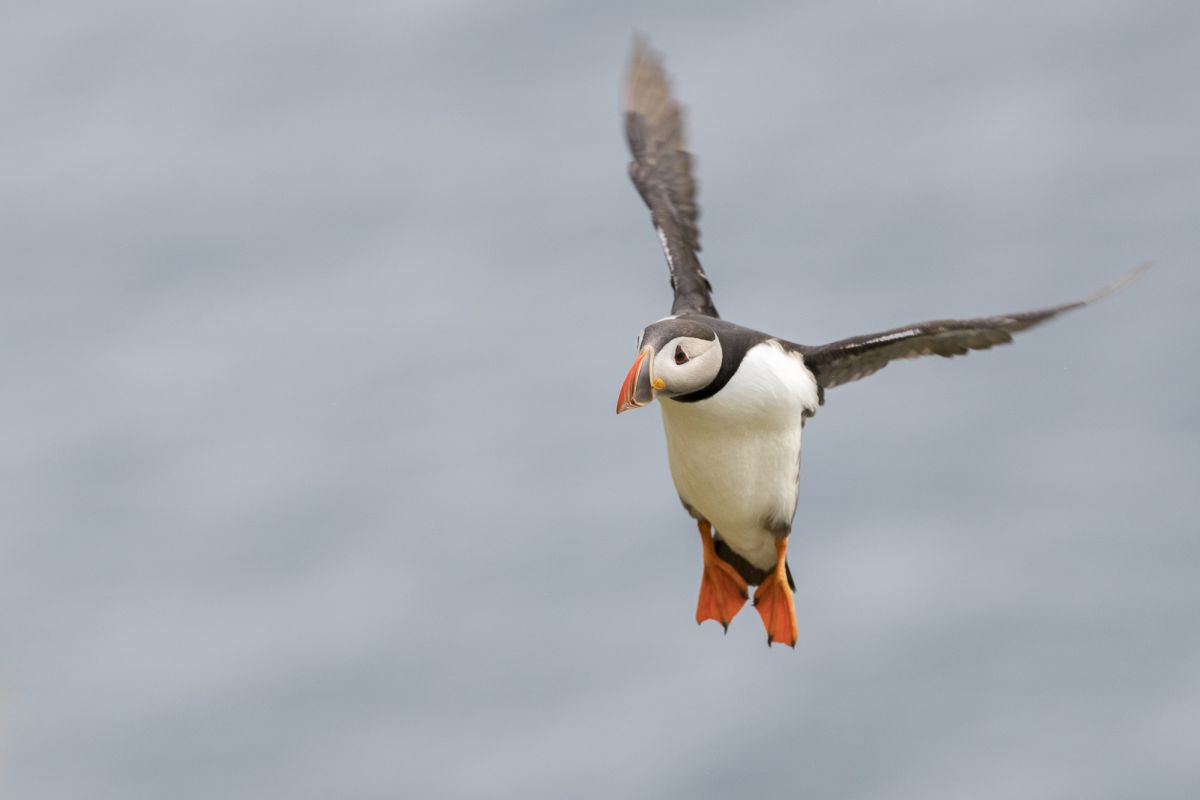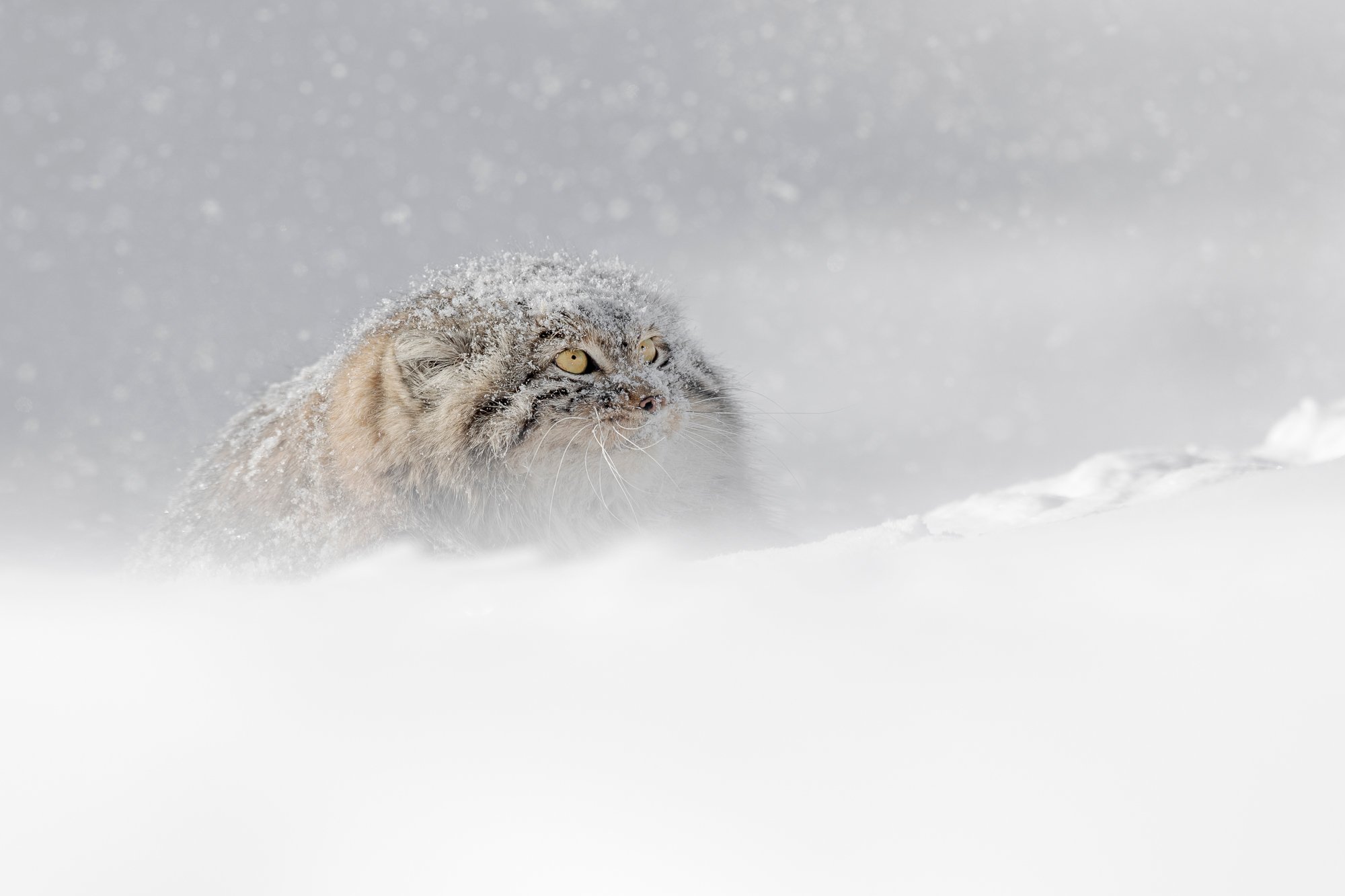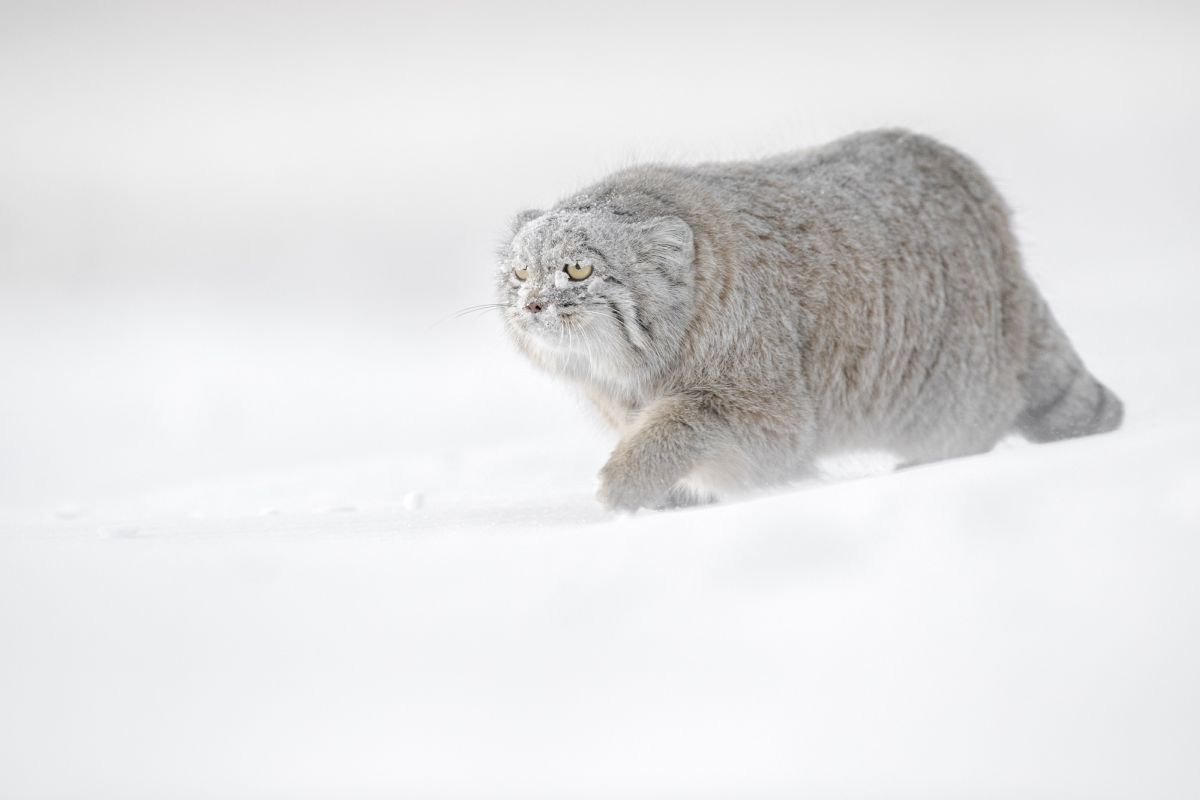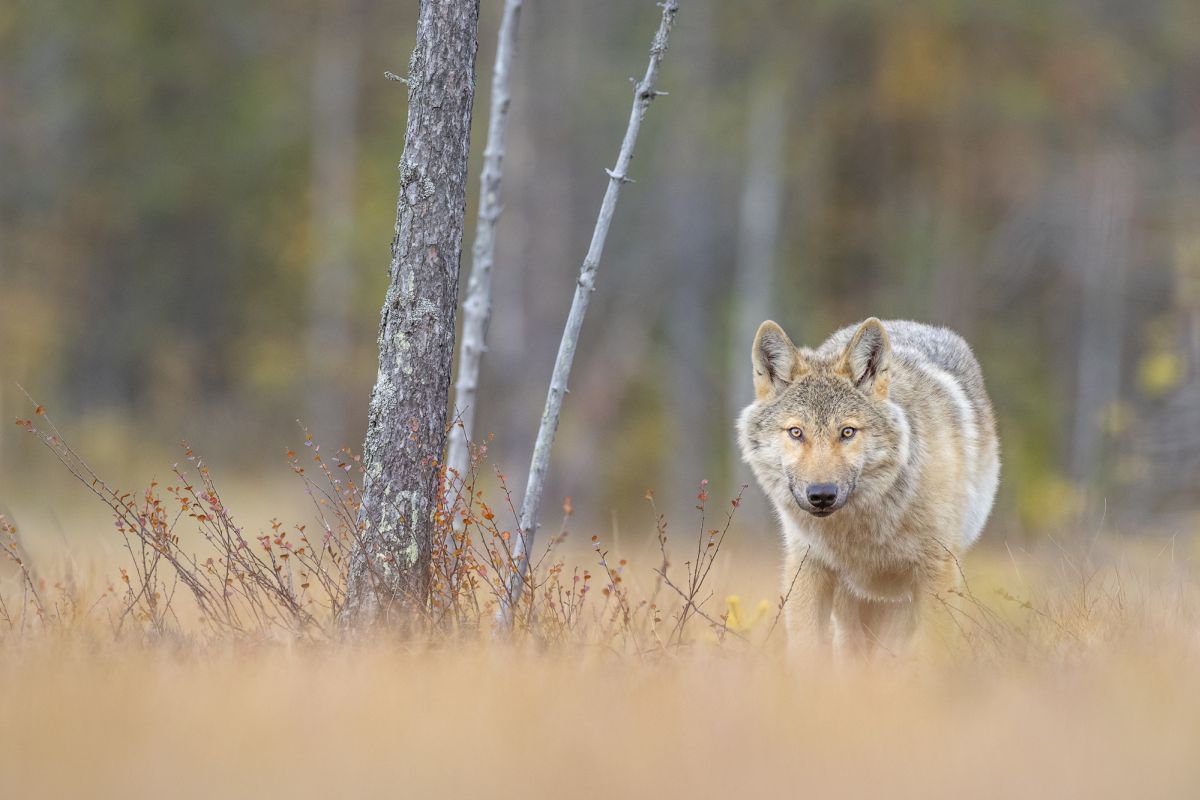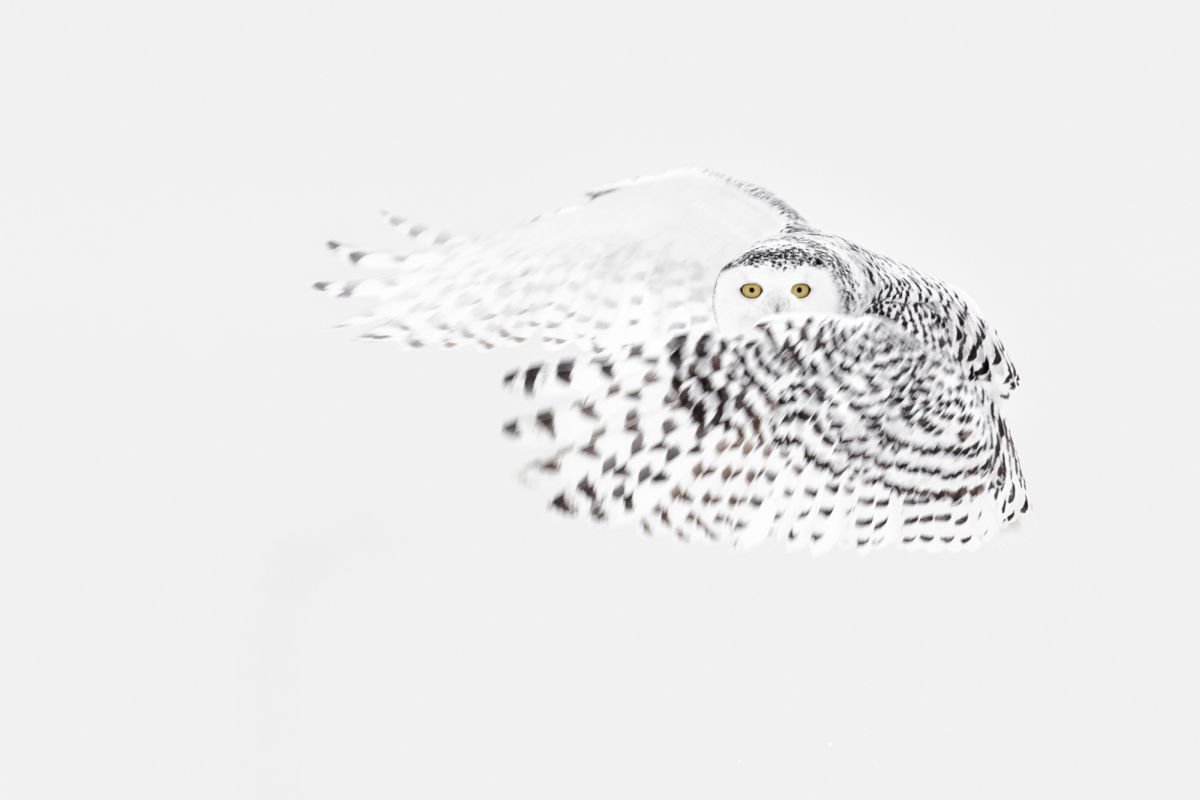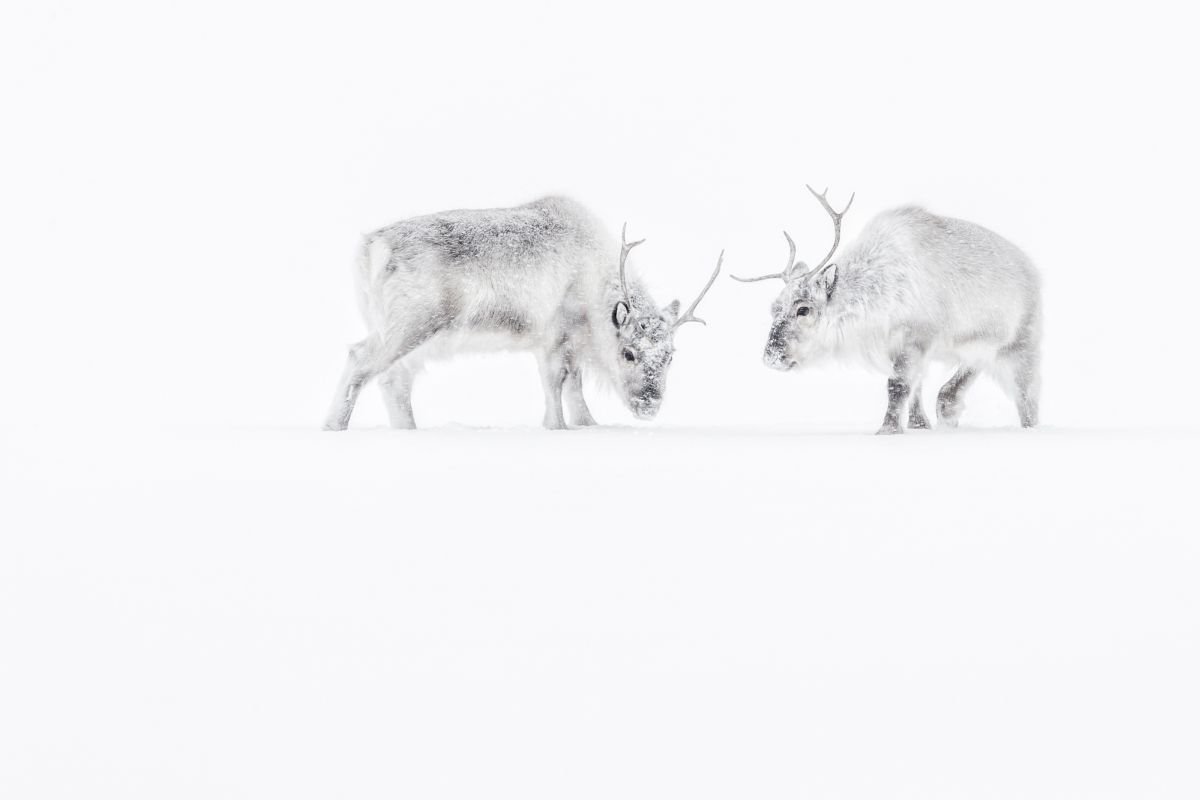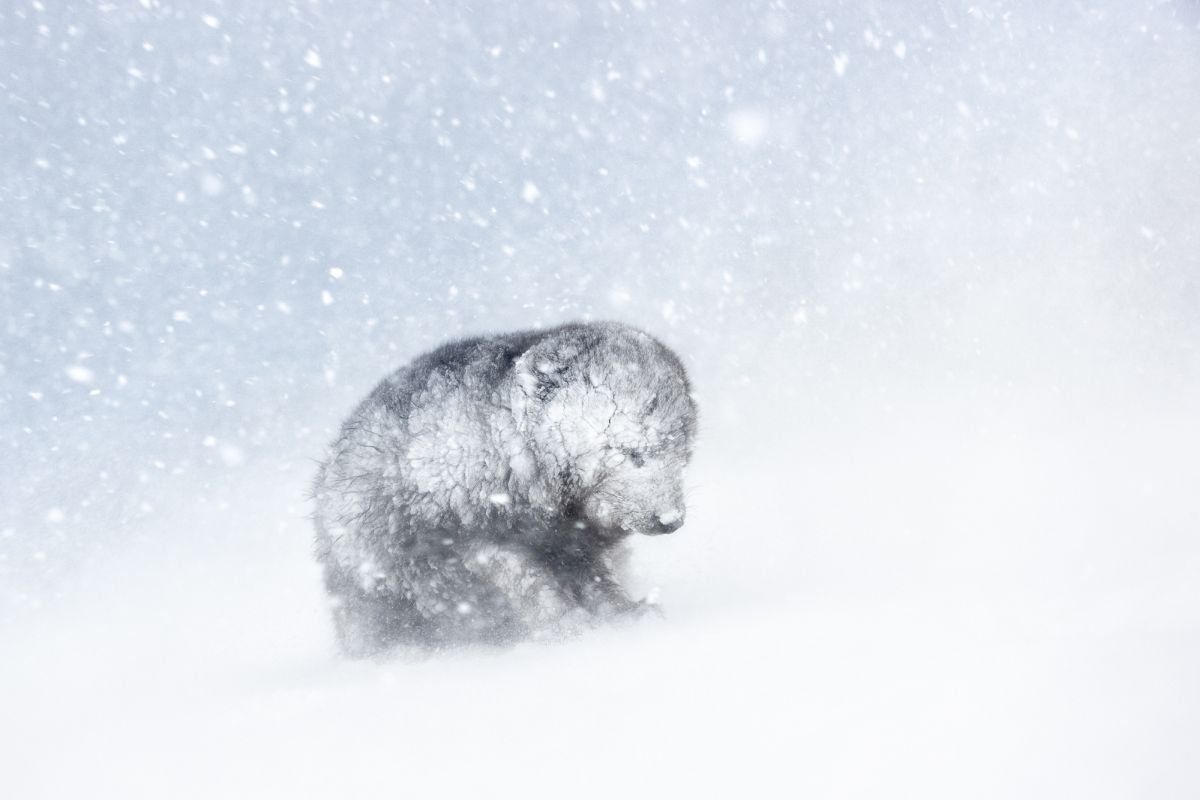A significant revelation in wildlife photography came to me back in the film days when I was shooting 35mm transparency (Fujifilm Velvia and Provia). I was photographing Australian wildlife in a Nature reserve in Healesville, Victoria for the second time in consecutive weeks. My first outing to the park had yielded just a handful of mediocre photographs that I was mostly very dissatisfied with. Many of my exposures were off, the lighting was harsh and the animals were just too stagnant in the frame. Importantly the images that were well exposed were cluttered and busy and not at all like I had envisaged. Of course, in my minds eye, every photograph as I clicked the shutter was going to be perfect. Well exposed, with a beautiful soft, clean background that leant itself to the sort of thing I was used to seeing grace the cover of many photography magazines. And then, as I was taking a much needed coffee break, I had a revelation. In fact, I had several revelations.
